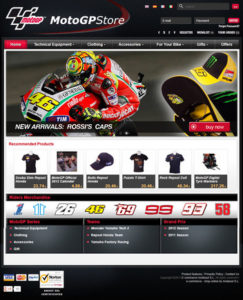Excerpts from my latest article at Resource Interactive’s weThink blog: “Better Accessibility, Better SEO.”
Mention web accessibility and digital marketers tend to sigh, flashback to alt attributes on images and envision a small handful of vision-impaired people using screen readers. In reality, accessibility standards benefit nearly 12% of the U.S. population, from people with hearing and vision impairment to people with repetitive motion disorder, developmental disabilities or ADHD. And the growing population of senior citizens online represents another important reason for brands to embrace accessibility standards, with 53% of American adults age 65 and older using the Internet.
As an added benefit, what’s good for accessibility is also typically good for search engine optimization. The accessibility standards that focus on providing textual alternatives and navigational guidelines have the most overlap with SEO because the search engine crawlers that index the Internet for ranking are traditionally bound by similar restrictions as screen readers.
The most obvious example of overlap between accessibility and SEO is the need to provide textual alternatives for non-textual content such as images, audio and video. On the SEO front, alt attributes are not a very powerful keyword relevance signal, but they do have a small benefit. When combined with other SEO best practices, using relevant alt attributes that agree with the keyword signal on the page when it’s possible will give the page an extra boost. Following the following guidelines will enhance both web accessibility and the keyword signals that feed SEO….
Read the article in full at Resource Interactive’s weThink blog »

Originally posted on Web PieRat.


 Every now and then an ecommerce site raises its hand for an “SEO Report Card” at Practical eCommerce. It’s a great way for the site to get some free advice and a good link, and an interesting way to give Practical eCommerce readers some, well, practical tips on how we’d handle SEO challenges with real ecommerce sites. Today’s volunteer is the
Every now and then an ecommerce site raises its hand for an “SEO Report Card” at Practical eCommerce. It’s a great way for the site to get some free advice and a good link, and an interesting way to give Practical eCommerce readers some, well, practical tips on how we’d handle SEO challenges with real ecommerce sites. Today’s volunteer is the 